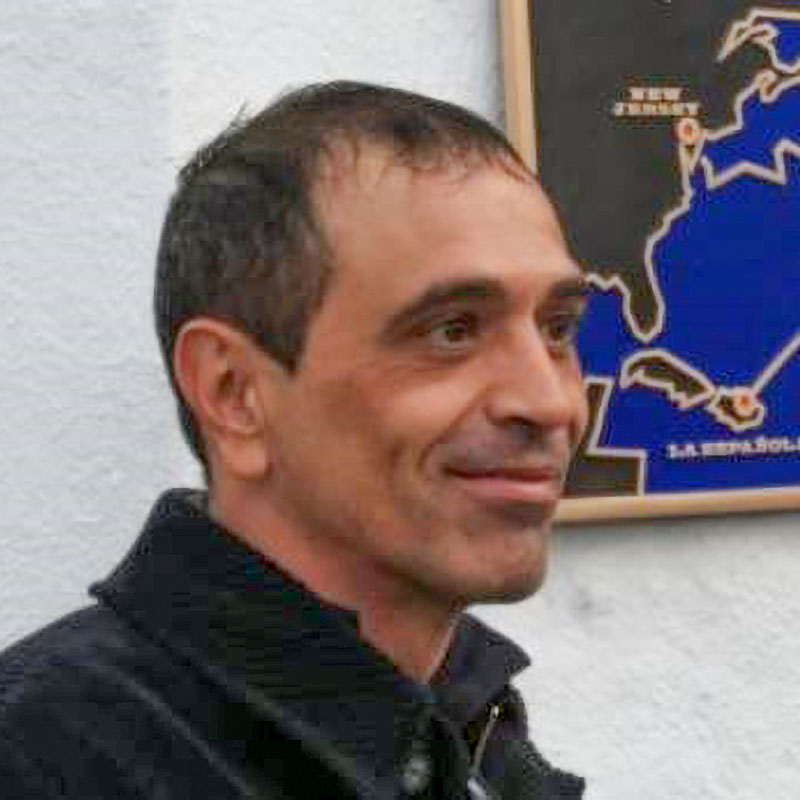Plenary 1
Monday, October 7
10:00–10:50

Remote Sensing Monitoring of Climate Change along the NW African Upwelling System and nearby Macaronesian Archipelagos (1994–2024)
Antonio Ramos, Operational Oceanography, University Research Institute ECOAQUA, University of Las Palmas de Gran Canaria, Canary Islands, Spain
In the last three decades (1994-2024), several results have been published showing primary productivity changes in Eastern Boundary Upwelling Ecosystems (EBUE). Specifically, a comparison was done with three Net Primary Production (NPP) models: the Vertically Generalized Production Model (VGPM), the Eppley-VGPM, and the Carbon-based Production Model (CbPM). The comparison used data derived from both the Sea-viewing Wide Field-of-view Sensor (SeaWiFS) and the MODerate-resolution Imaging Spectroradiometer (MODIS) in the NW African Upwelling System (CanC EBUE) during the 1998–2015 period. Thus, we investigated seasonal to interannual long-term trends of NPP to identify, for the first time, temporal patterns that could support or reject the de-intensification hypothesis. Based on the seasonality of the upwelling regime, the CanC EBUE was divided into three subregions: a seasonal upwelling zone (SUZ; 13–20°N), a permanent upwelling zone (PUZ; 20–26°N), and a weak permanent upwelling zone (WPUZ; 26–33°N). Although differences in the output of the models were significant at both regional and subregional scales, our analyses do not show significant increasing trends in NPP with any of the productivity models used. Our results align with previously published studies that indicate, unlike other EBUEs, winds have weakened (or at least not intensified) in the CanC upwelling over time scales extending up to 60 years. Seasonal to decadal anomalies of NPP and sea-surface temperature (SST) were estimated and analyzed in relation to selected climate indices, yielding significant correlations only between SST and the North Atlantic Oscillation (NAO) indices. In spite of the regional climate changes in the CanC EBUE, small pelagic fish species such as sardine and anchovy, can exhibit dramatic decadal-scale shifts in abundance in response to this climate variability. Understanding the mechanisms and the relationships among the different components of the food web through which environmental forcing can drive the observed fish variability remains a challenging problem Furthermore, the nearby Macaronesian Archipelagos (Maderia?, Canary Islands, Cabo Verde?) are experiencing a tropicalization of their marine ecosystems due to ocean warming, affecting both the water column and the benthic and pelagic ecosystems, with numerous marine tropical species intrusions that have changed their distribution ranges. As example, during the summer of 2017 (June-October) and summer of 2023 (August-September), extensive recurrent blooms of the diazotrophic cyanobacterium Trichodesmium invaded the coastal waters of the Canary Islands. The decaying blooms, generated offshore, were transported shoreward by local currents and winds, accumulating mostly leeward of the islands. The combination of unusually warm seawater temperatures enhanced and sustained stratification of the upper water column, and recurrent dust deposition events from nearby Saharan desert likely enhanced the development of the Trichodesmium blooms.
Questions?
Contact Jenny Ramarui,
Conference Coordinator,
at [email protected]
or (1) 301-251-7708
